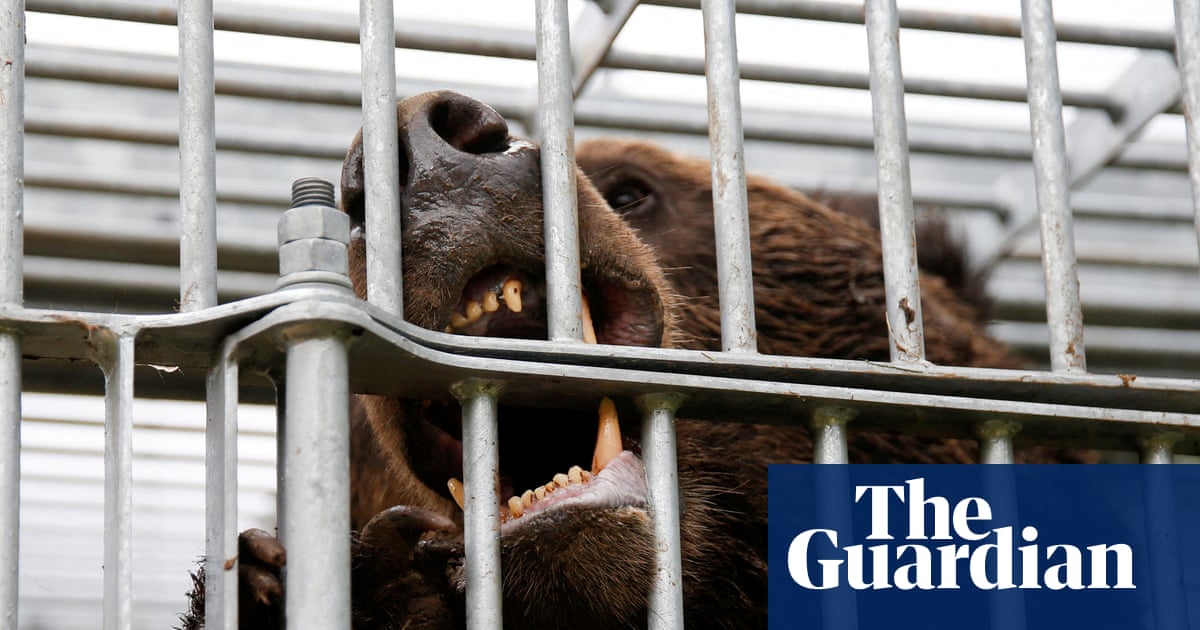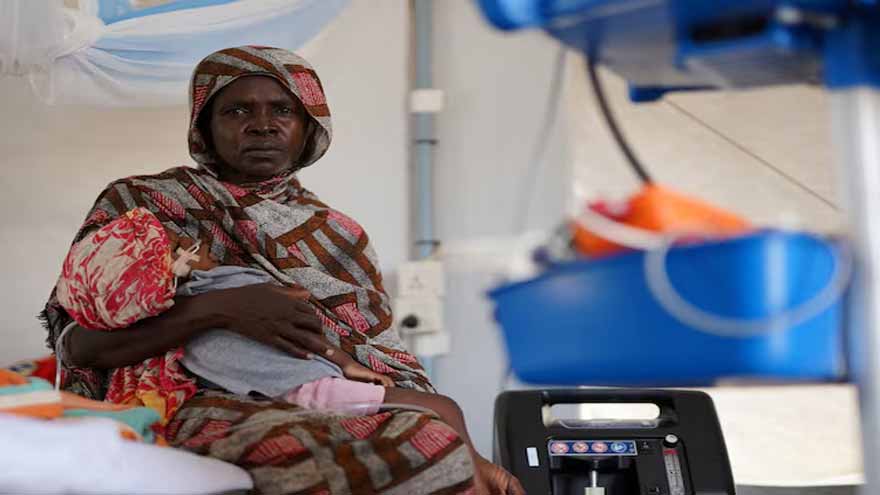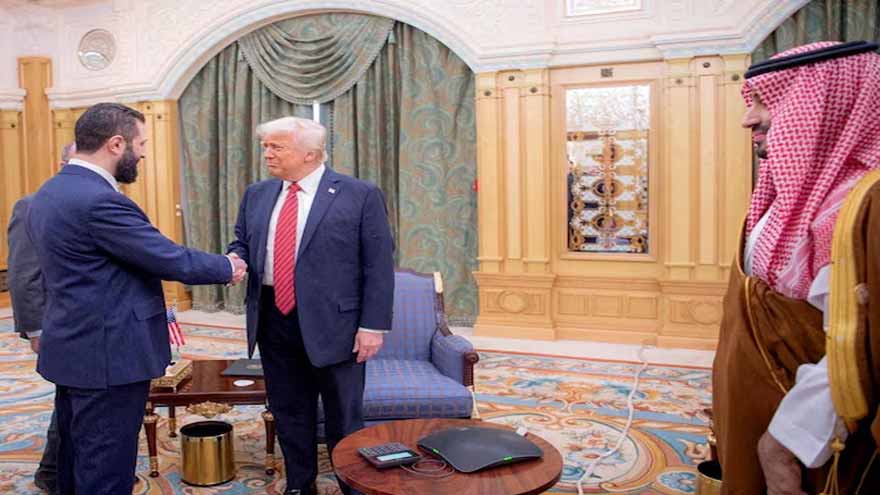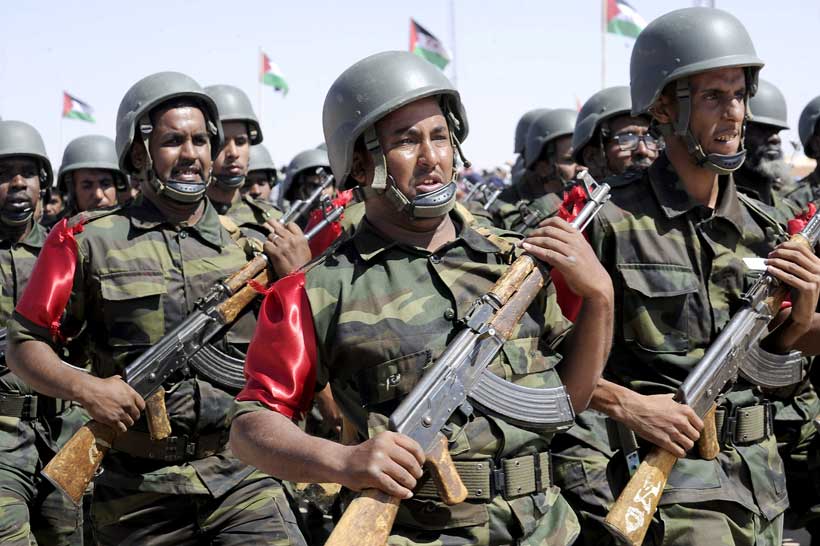- Afghanistan: Opium cultivation drops sharply, but regional trafficking rises UN News
- Afghanistan opium crop falls sharply after Taliban ban – UN report BBC
- Afghanistan’s opium crop falls 20 percent as synthetic drugs surge Al Jazeera
Category: 2. World
-
Afghanistan: Opium cultivation drops sharply, but regional trafficking rises – UN News
-

As Japan experiences a surge in bear attacks, survivors share grisly stories of blood, bites and broken bones | Japan
Loud conversations, whistles and, when all else fails, a plastic bottle are among the precautions authorities in Japan are urging people to take to counter a surge in bear attacks.
It was a bell that Billy Halloran had to hand during a…
Continue Reading
-

People fleeing al-Fashir in Sudan are in a ‘disturbing’ condition, aid group says
GENEVA (Reuters) – Some children fleeing the Sudanese city of al-Fashir are arriving at a humanitarian camp in north Darfur so severely malnourished that treatment may not be able to save them, an international…
Continue Reading
-

US threatens to pull support for UN peace mission in Abyei
The United States on Wednesday threatened to oppose the renewal of a UN peacekeeping mission to Abyei, a disputed region between war-torn Sudan and South Sudan, unless both sides uphold a 2011 peace deal.
At a UN Security Council meeting, the US…
Continue Reading
-

US military ‘to establish presence’ at Damascus airbase
AMMAN/DAMASCUS (Reuters) – The United States is preparing to establish a military presence at an airbase in Damascus to help enable a security pact that Washington is brokering between Syria and Israel, six sources…
Continue Reading
-

US military ‘to establish presence’ at Damascus airbase
AMMAN/DAMASCUS (Reuters) – The United States is preparing to establish a military presence at an airbase in Damascus to help enable a security pact that Washington is brokering between Syria and Israel, six sources…
Continue Reading
-

Hamas thanks Türkiye for role in Gaza ceasefire
ISTANBUL
Hamas militants and Egyptian workers search for the bodies of Israeli hostages in the Shijaiyah neighborhood of Gaza City Wednesday, Nov. 5, 2025.
A Hamas delegation met with Turkish…
Continue Reading
-
Opium farming in Afghanistan shrank by a fifth in 2025, UN survey finds – Reuters
- Opium farming in Afghanistan shrank by a fifth in 2025, UN survey finds Reuters
- Afghanistan opium crop falls sharply after Taliban ban – UN report BBC
- Afghanistan’s opium crop falls 20 percent as synthetic drugs surge Al Jazeera
- Afghanistan…
Continue Reading
-

Polisario: The Game Is Over
October 31, 2025, will undoubtedly be remembered as a historic rupture in the long and sterile confrontation surrounding the Moroccan Sahara. With the adoption of UN Security Council Resolution 2797, the international community has closed a…
Continue Reading
-
Pakistan urges Sudan, South Sudan to renew dialogue to peacefully resolve Abyei dispute – RADIO PAKISTAN
- Pakistan urges Sudan, South Sudan to renew dialogue to peacefully resolve Abyei dispute RADIO PAKISTAN
- Sudan war and political uncertainty block progress on Abyei peace talks UN News
- Sudan conflict affecting South Sudan’s economy, worsening…
Continue Reading